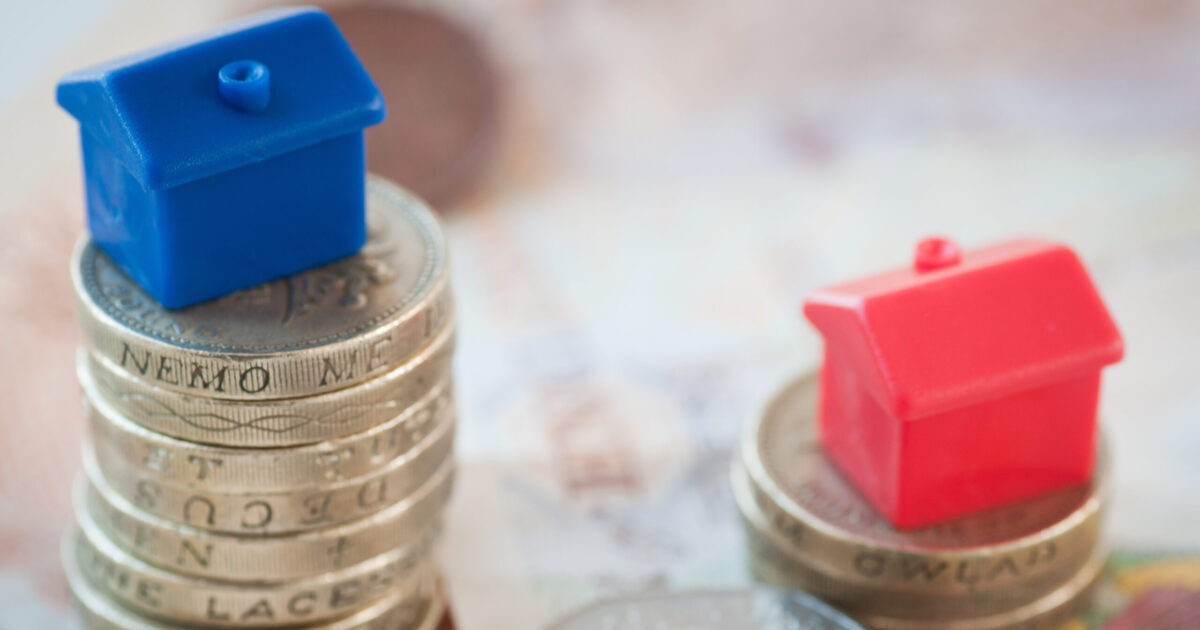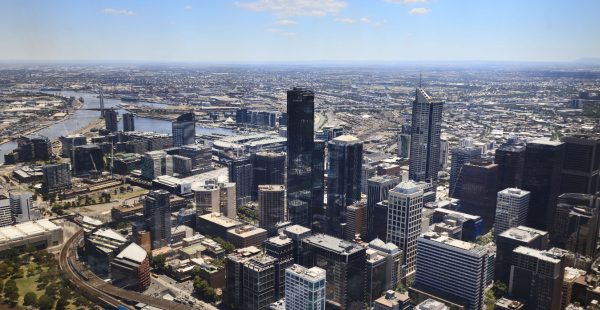Australian house prices down in May

The value of the Australian housing market has registered the national fall for the first time since September, 2020, driven down by a combination of higher interest rates, rising inventory levels and lower sentiment as well as depreciation across three main cities, including Sydney, Melbourne and Canberra.
Although CoreLogic’s Home Value Index (HVI) showed that dwelling values across Sydney and Melbourne recorded the most significant month-on-month falls in May, -1.0% and -0.7%, respectively, the housing value in both cities remained above their pre-COVID levels with Sydney’s valuation 22.7% higher and Melbourne’s housing valuation standing at 9.8% higher compared to the pre-COVID level.
Canberra’s housing values, which was Australia’s second most expensive market and which recorded its first monthly HVI decline since 2019 (-0.1%), was still standing 37.9% higher compared to its pre-COVID valuations.
Outside of Sydney, Melbourne and Canberra, growth trends remained positive in May, albeit with less momentum in most markets.
However, even the 0.5% rise in housing values across Australia’s combined regional areas was not enough to offset and keep the national index in positive territory, and as a result the national HVI was down -0.1% in May, CoreLogic’s research director, Tim Lawless, said.
“There’s been significant speculation around the impact of rising interest rates on the property market and last month’s increase to the cash rate is only one factor causing growth in housing prices to slow or reverse,” he said.
“It is important to remember housing market conditions have been weakening over the past year, at least at a macro level.”
Lawless noted the quarterly rate of growth in national dwelling values peaked in May 2021, shortly after a peak in consumer sentiment and a trend towards higher fixed mortgage rates.
“With stock levels now higher than normal across Australia’s two largest cities, buyers are back in the driver’s seat,” Lawless said.
“Higher listings add to tougher selling conditions more broadly. Vendors in Sydney and Melbourne have faced lower auction clearance rates since mid-April and those selling via private treaty are taking longer to sell with higher rates of discounting.”
The data also showed that while housing value growth slowed, rents continued to rise swiftly, with national CoreLogic’s Hedonic Rental Index having increased 1.0% in May, taking the quarterly rate of growth to 3.0%, up 60 basis points on a year ago.
At the same time, unit rents were rising at a faster annual pace than house rents across the combined capital cities (where house rents increased 8.6% compared to 9.1% across units) and the combined regional areas (where house rents rose 10.7%, behind the 11.0% gain in units).
“Early in the pandemic rental demand for medium to high density dwellings fell sharply due to a preference shift towards larger homes and a demand shock from closed international borders,” Lawless added.
“As rental affordability pressures mount, demand for higher density rentals has steadily grown due to the unit sectors’ relative affordability advantage. More recently, demand has been boosted by international arrivals returning to the rental market.”












I think you've got this completely wrong. The AMP platform and investment APL is really broad - there is no…
the last time I approached Infocus, there APL had a wide range of platforms that you can select too,.... provided…
It is a dilemma isn't it? On the one hand we have FAAA which is run by mostly competent, well…
How about JAWG do more work to ensure that the so called Qualified Advisers that are really Unqualified have some…
Well it is the FSC, let face it ;)